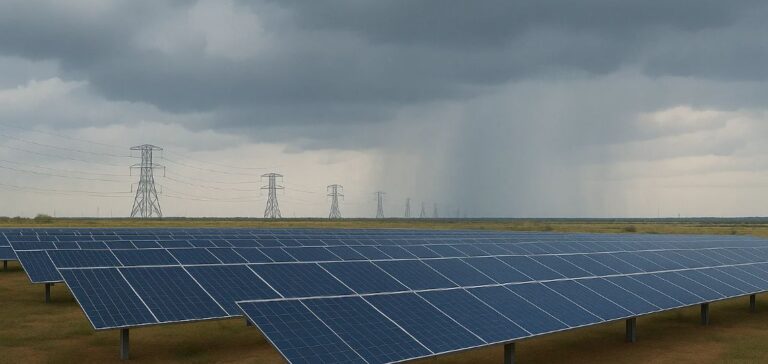The US solar industry is on a steady growth trajectory, with capacity additions expected to reach 502 GWdc by 2035, averaging more than 40 GWdc annually. Sylvia Leyva Martinez, Principal Analyst for North American Utility-Scale Solar at Wood Mackenzie, stated at the Solar and Energy Storage Summit that annual installations are projected to range between 41 GWdc and 50 GWdc through 2035. However, she cautioned that policy uncertainty could significantly impact these forecasts.
Growth projections and political uncertainty
“Our forecasts show a potential 24% upside in the high scenario and a 25% downside in the low scenario compared to our base case,” she said. Uncertainties regarding the future of the Inflation Reduction Act (IRA) and other policy measures are key factors in project materialization.
Expansion of solar manufacturing in the US
In addition to installations, the industry has seen strong growth in domestic manufacturing capacity. US module manufacturing capacity is expected to increase from 17 GW in 2023 to 144 GW by 2027, with additional growth anticipated in wafer and cell production.
The analyst emphasized that solar manufacturing capacity has experienced exponential growth over the past three years, but complex trade policies could threaten new investments. Furthermore, the rapid growth in energy demand could pose additional challenges, including a potential shortage of gas turbines by 2029, as well as political uncertainty surrounding tariffs and tax credits.
Upcoming political and economic challenges
“The Trump administration will need to balance its ambitions in artificial intelligence and data centers with energy reality,” Sylvia Leyva Martinez added. She concluded by highlighting that these mixed market and policy dynamics are creating uncertainty in solar project development.






















